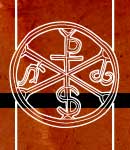
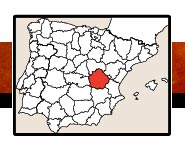

 |
 |
||
 |
|||
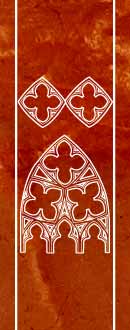 |
(40)/MS-mp-pres-FIN-40/CUEN-Manchu-40.jpg) |
-55/BOOK-cort-40.jpg) |
 |
 |
||
 |
|||
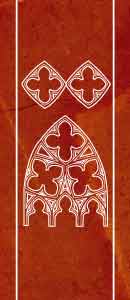 |
La Iglesia de la Santísima Trinidad tiene una nave del siglo XIII, bóveda del siglo XV y portada plateresca. La iglesia de Santa María es del siglo XVI, de estilo plateresco respecto a la iglesia de Santo Domingo, es de estilo románico, s XIII, con reformas del siglo XVI, como la torre. ENTRADAS Y HORARIOSCastillo y muralla visita exterior el tlf del ayuntamiento es 969.330.301. ACCESOAcceso desde la N-III, entre La Almarcha y Motilla del Palancar, junto al embalse de Alarcón. ACCESO PARA MINUSVÁLIDOSCasi toda la villa es visitable con silla de ruedas. |
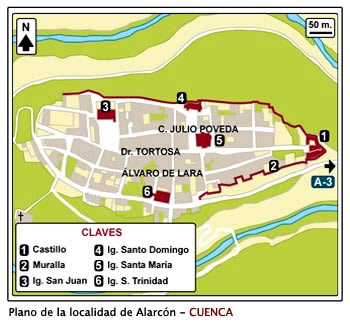 |
The church of Santísima Trinidad has a nave of the 13 th century, vault of the 15 th century and Plateresque façade. The church of Santa María is from the 16 th c, Plateresque style. About the church of Santo Domingo is Romanesque style, 13 th c, with reforms of the 16 th c. (tower). TICKETS AND TIMETABLECastle and walls only outside visit. Phone of city hall is 969.330.301. LOCATIONAccess from the N-III, between La Almarcha and Motilla del Palancar, next to the Alarcón reservoir. ACCESS FOR THE HANDICAPPEDAlmost the entire town is feasible for wheelchair. |
||||
 |
 |
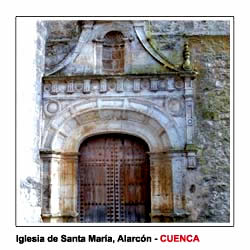 |
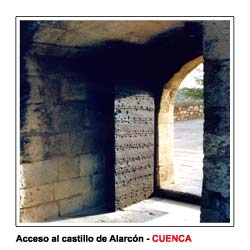 |
 |